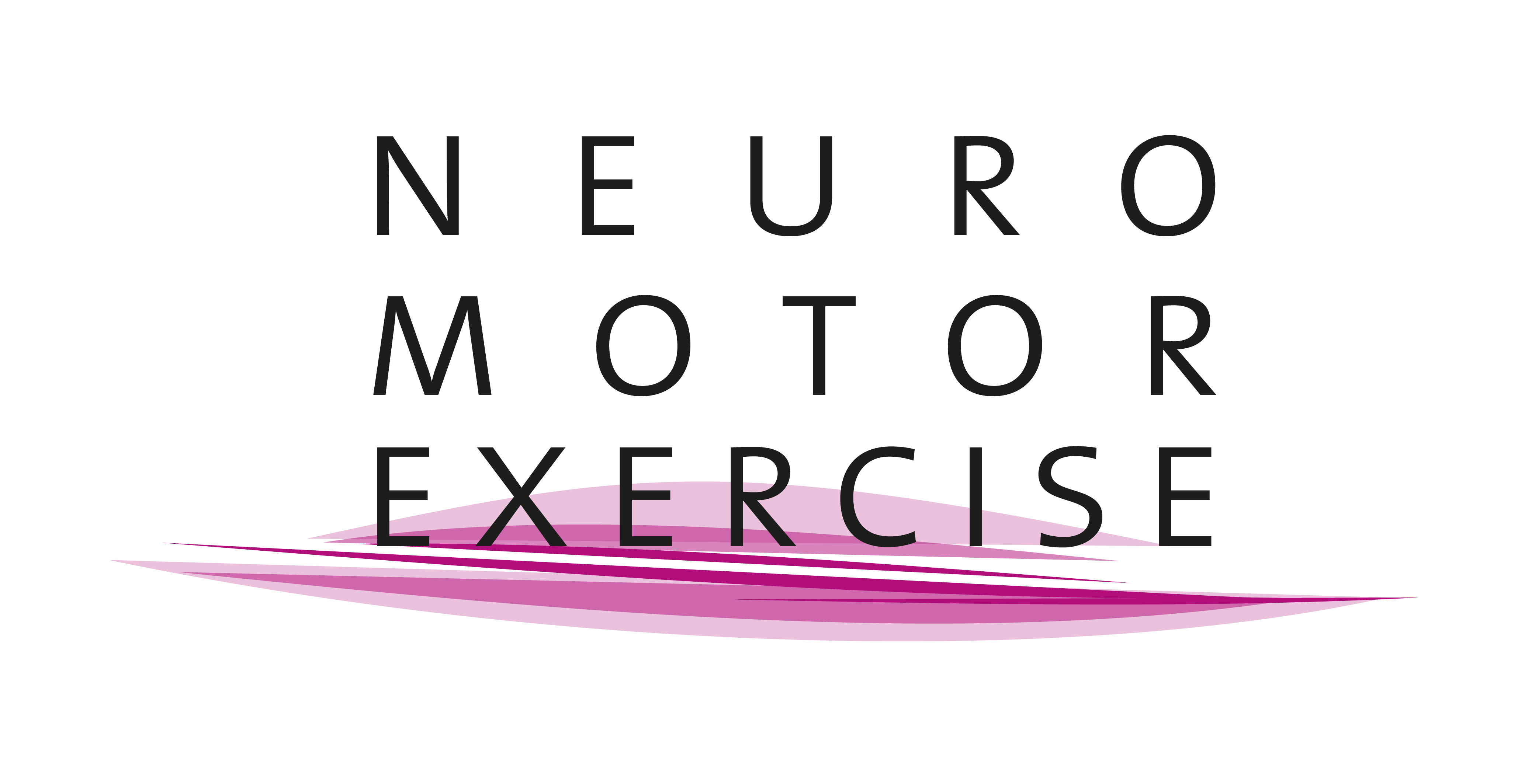Freezing of Gait

Freezing of gait (FoG) is a phenomenon that particularly affects people with neurological disorders such as Parkinson's disease. It is a sudden and temporary blockage of locomotion while walking. Those affected often describe FoG as feeling as if their feet are literally glued to the ground. This type of immobility significantly impairs the mobility and quality of life of those affected, as FoG can lead to unsteadiness while walking and therefore also to falls. People suffering from FoG therefore often need to plan their activities carefully to minimize the risk of sudden FoG. This can lead to a restricted social life and increased dependence on relatives in the daily lives of those affected. Coping with everyday life thus becomes an increasingly demanding challenge.
The exact causes of FoG are not yet fully understood. It is assumed that a complex interaction between motor, sensory and cognitive impairments plays a role. In addition to triggers such as stress, confined spaces or paths and crossing doorsteps, there are many other specific situations that can trigger FoG. For example, in a recent study by Cockx et al. (2023), patients reported that FoG can also occur when turning, initiating walking, during dual-tasking (e.g. talking while walking) or under time pressure. These additional triggers show how diverse the situations are in which FoG can occur. The problems during dual-tasking in particular indicate that FoG is not just a purely motor disorder, but is also closely linked to cognitive processing. Such findings are important to understand why FoG occurs at certain moments and which factors may contribute to prevention or alleviation.
The treatment of FoG is complex. Physiotherapy, medication and special walking aids can be used to alleviate the symptoms somewhat. However, drug treatment cannot completely suppress FoG and the effectiveness of the medication decreases with increasing duration of the disease. Walking aids and other assistance systems, on the other hand, are often impractical in the everyday lives of those affected and restrict free movement to some extent. In addition to these approaches, however, intensive research is also being conducted into innovative technologies, including sensor-based devices that use vibrations or acoustic signals to interrupt FoG. The cueing system, which is being developed in the Parkinson Vibrating Socks project, also aims to prevent or interrupt FoG. Through an innovative use of machine learning, the socks from this project are intended to provide stimuli to those affected as needed in order to provide long-term relief from FoG.
Overall, FoG is a complex and challenging phenomenon that poses demanding challenges not only for those affected, but also for research and medicine. However, advances in therapy development give hope for an improved quality of life for people who are confronted with this condition. The next blog post will take a closer look at the various forms of cueing and the underlying mechanisms.
Cockx, H. M., Lemmen, E. M., van Wezel, R. J. A., & Cameron, I. G. M. (2023). The effect of doorway characteristics on freezing of gait in Parkinson’s disease. Frontiers in Neurology, 14, 1265409. https://doi.org/10.3389/fneur.2023.1265409


